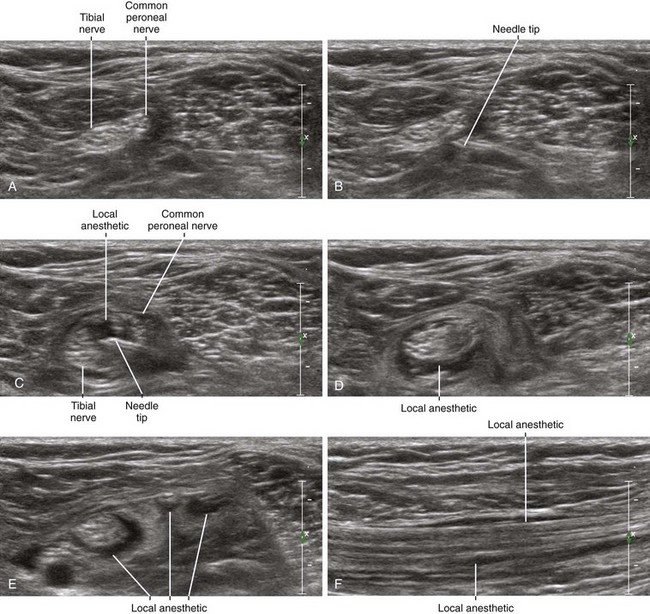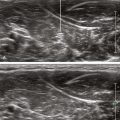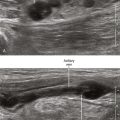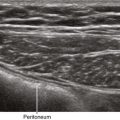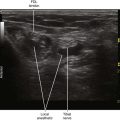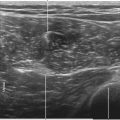13 Sonographic Signs of Successful Injections
It seems simple enough to state that successful drug injections for regional blockade should surround the peripheral nerve. However, studies have reported that the doughnut sign, previously considered the gold standard for success, has a positive predictive value of only 90% for producing surgical anesthesia.1 It is therefore important to carefully consider multiple factors that constitute sonographic signs for success that can be evaluated after injection.

